What happens when a transformer fire occurs in a substation
If a fire occurs as a result of a failure in a transformer, then the transformer is nearly always a total write off. However, the total cost of a transformer fire is typically in the order of 2-3 times the… Read more
Aug 12, 2016 | By Edvard Csanyi

First, identify ground faults and status of the neutral and then protection…
To identify ground faults in a network and therefore carry out effective protection, it is necessary to know in detail how the neutral is run. Identification of ground faults is made by means of voltage and/or homopolar current measurements and therefore… Read more
Aug 05, 2016 | By Edvard Csanyi

Which type of residual current device (RCD) you should use for protection?
It is not quite clear when and by whom the first residual current device (RCD) was developed, but it certainly appeared on the market in the 1950s and was initially used by some utility companies to fight “energy theft” due… Read more
Jul 28, 2016 | By Edvard Csanyi

Earthing in DC distribution systems similar to the AC systems
This technical article shows earthing of a specific pole of a two-wire DC distribution systems. The decision whether to earth the positive or the negative pole shall be based upon operational circumstances on site or other considerations. The Standard IEC… Read more
Jul 20, 2016 | By Edvard Csanyi

Commissioning tests of protection relays at site (before set to work)
Installation of protection relays at site creates a number of possibilities for errors in the implementation of the scheme to occur. Even if the scheme has been thoroughly tested in the factory, wiring to the CTs and VTs on site… Read more
Jul 11, 2016 | By Edvard Csanyi
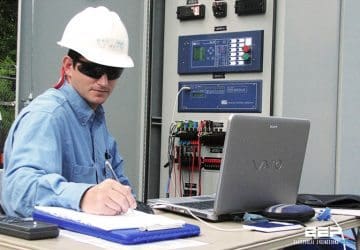
6 Adjustable Tripping Settings of a Circuit Breaker You MUST Understand
There are (at least) six basic adjustable tripping settings (functions) you really should understand in order to fully understand how circuit breaker actually works. All these adjustable functions actually shape the time-current curve of a circuit breaker and allows proper… Read more
Jun 10, 2016 | By Edvard Csanyi
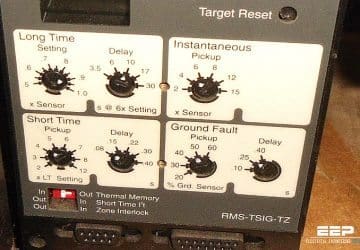
Where Do We Use Arc Suppression Coil (Petersen Coil)?
The arc suppression coil (ASC), also known as Petersen coil, is used to compensate the capacitive earth fault currents supplied by outgoing feeders at a substation. The compensation can be either centralized or distributed. With the centralized design, one ASC… Read more
Jun 06, 2016 | By Edvard Csanyi
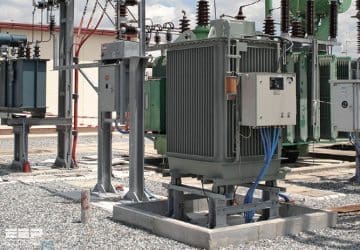
Few Tips For Correct Protection Against Indirect Contact In TT System
An earth fault in a TT system originates the circuit represented in Figure 1. The fault current flows through the secondary winding of the transformer, the line conductor, the fault resistance, the protective conductor, and the earth electrode resistances (RA,… Read more
Jun 03, 2016 | By Edvard Csanyi
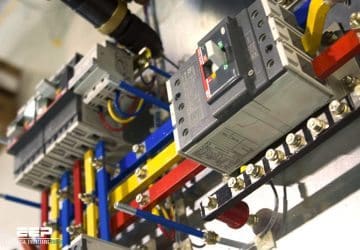
Shielding and Grounding Practices for Control Cables in EHV Substations
For several years, the increased application of solid-state devices for protective relaying and control and for electronic equipment, such as audio tones, carrier and microwave equipment, event recorders, and supervisory control equipment, in EHV substations has resulted in many equipment… Read more
May 20, 2016 | By Edvard Csanyi

Differential protection – Proven technique for more than 50 years
The best protection technique now and for more than 50 years is that known as differential protection. Here the electrical quantities entering and leaving the protected zone or area are compared by current transformers (CTs). If the net between all… Read more
May 02, 2016 | By Edvard Csanyi
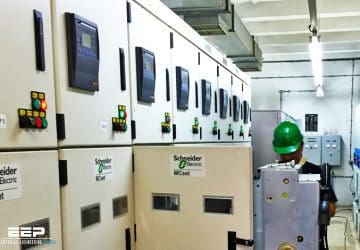
Features of 3 circuit protection devices (MCB, RCCB and RCBO) you have probably forgotten
Traditionally, fuses were the main devices chosen for final circuit protection, up until the 1970’s when circuit breaker technology started to become dominant. Today, the three principle circuit protection devices are: Miniature Circuit Breakers (MCBs), Residual Current Circuit Breakers (RCCBs)… Read more
Apr 25, 2016 | By Edvard Csanyi
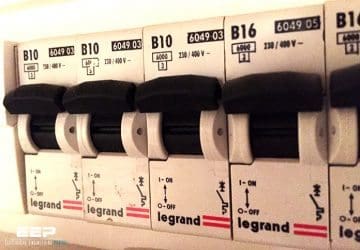
What Would Be The Worst Type Of Three Phase Faults (And Why It Happens)
In a three phase power system, the type of faults that can occur are classified by the combination of conductors or buses that are faulted together. In addition, faults may be classified as either bolted faults or faults that occur… Read more
Apr 22, 2016 | By Edvard Csanyi
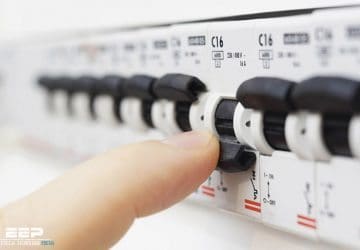
5 anomalies in AC power that can damage your home devices
In addition to lightning, there are a number of other disturbances that can come in on the AC power lines and damage equipment. Some surge protectors can reduce or eliminate damage from some of these perturbations. There is considerable confusion… Read more
Apr 11, 2016 | By Edvard Csanyi

3 Main causes of false differential current in transformer
Certain phenomena can cause a substantial differential current to flow, when there is no fault, and these differential currents are generally sufficient to cause a percentage differential relay to trip. However, in these situations, the differential protection should not disconnect the system… Read more
Mar 21, 2016 | By Edvard Csanyi

The Basics Of Molded Case Circuit Breakers You MUST Know
Molded case circuit breakers are interrupting devices with self-contained, current-responsive elements. These breakers are assembled as an integral unit in a supported and enclosed housing of insulating material. Depending on the amount of protection required, these breakers can sense internally… Read more
Feb 27, 2016 | By Edvard Csanyi


